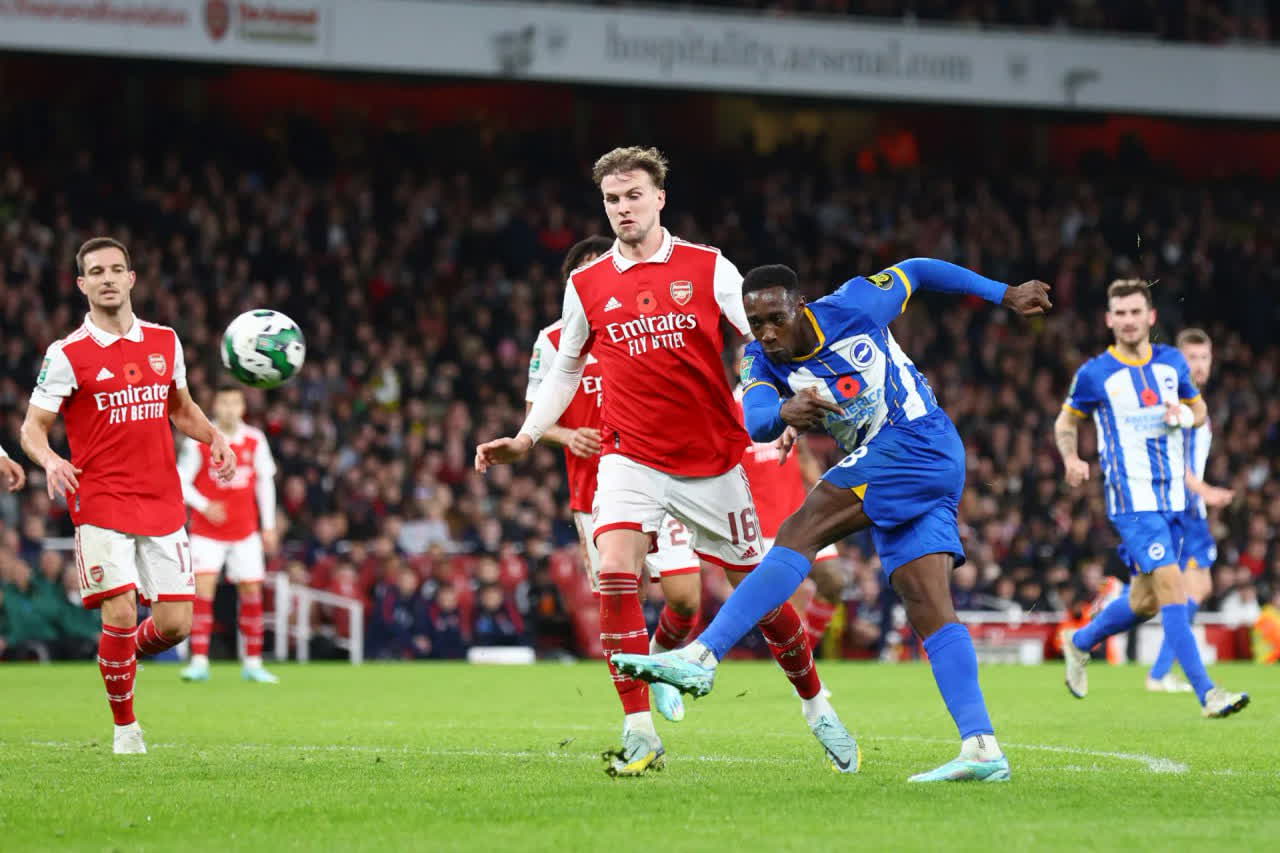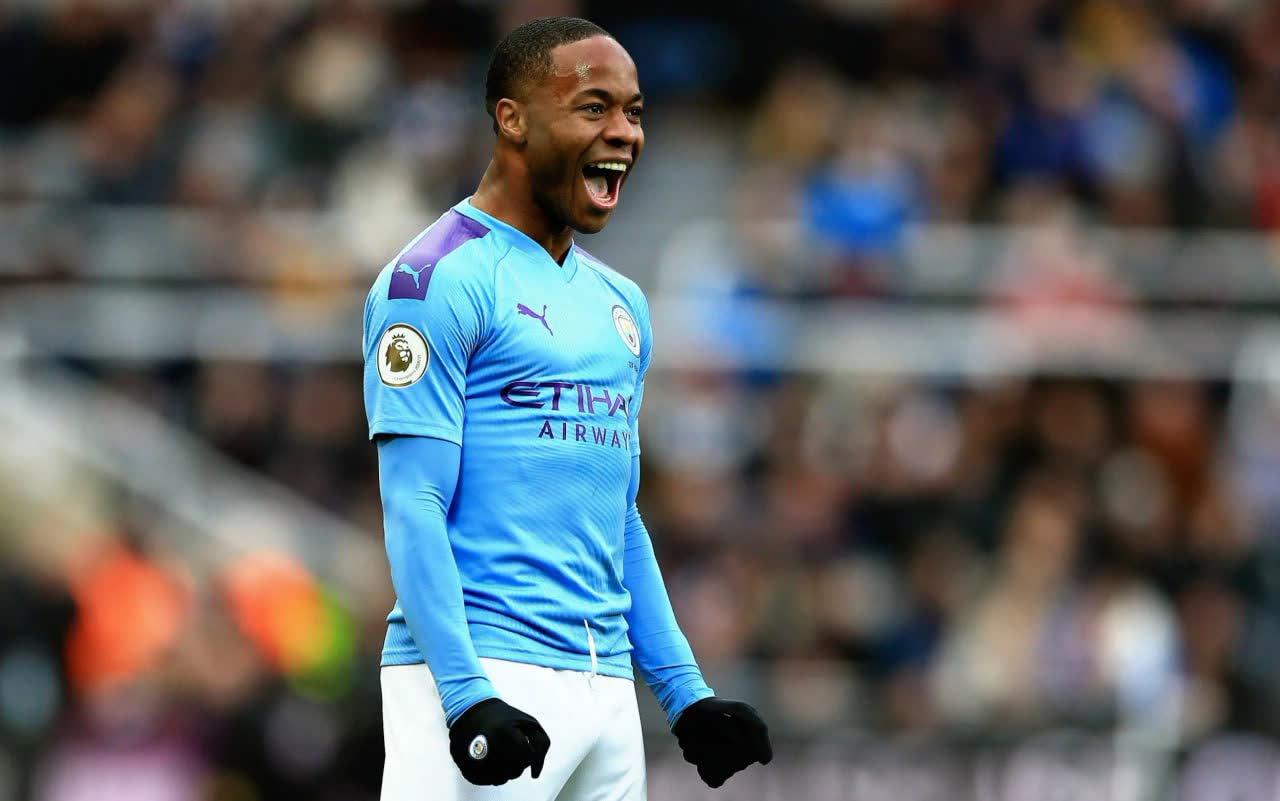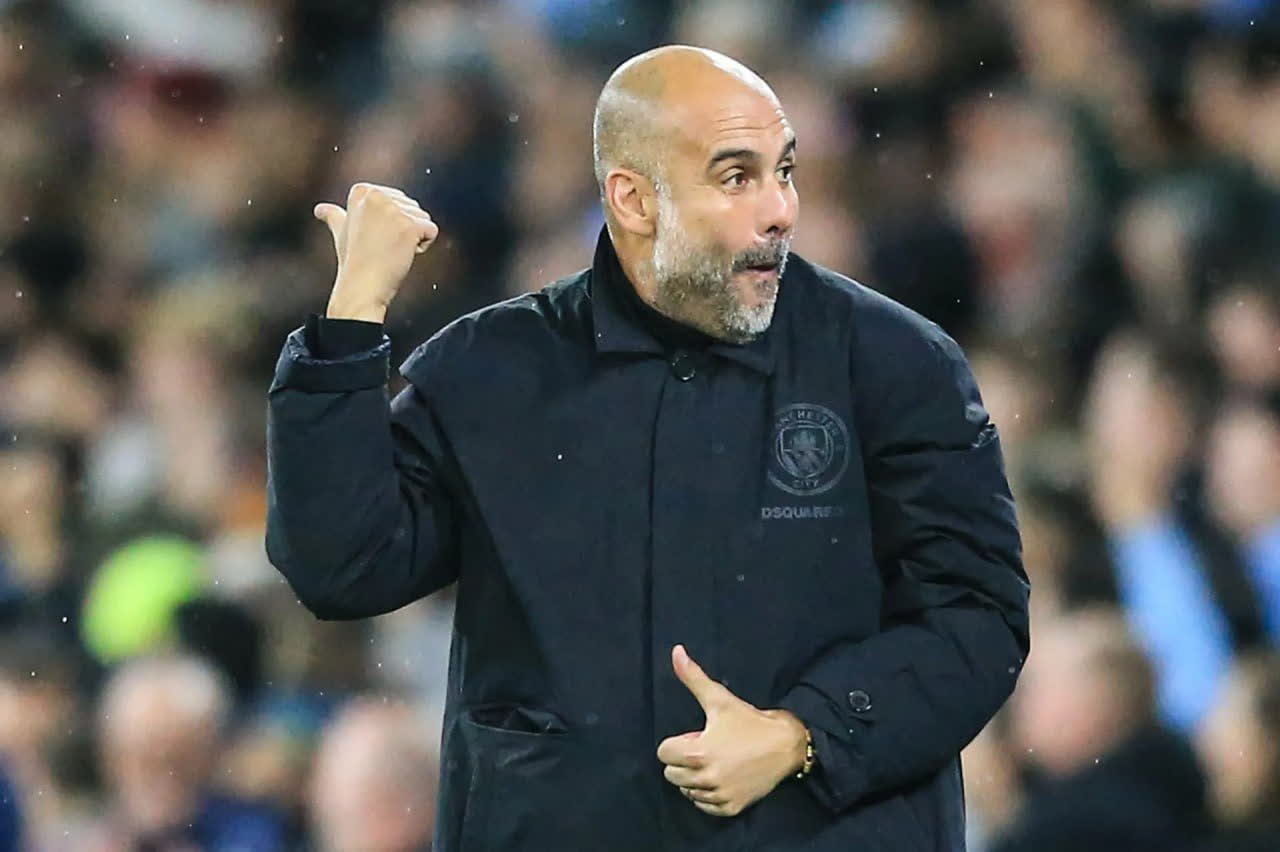In recent top-flight football, tactical innovations and strategic shifts have become a defining feature, showcasing how teams adapt and experiment with roles to gain a competitive edge. The examples you’ve highlighted from Newcastle, Manchester City, and Arsenal illustrate these trends vividly.
Newcastle’s Tactical Experimentation: Eddie Howe’s approach with Newcastle, particularly in their game against Tottenham, shows a creative and dynamic use of players. Joelinton’s role as a defender, despite his origins as a forward, is a bold move. Howe’s tactical flexibility, including shifting between a 5-4-1 and a pressing system, reflects a strategic depth aimed at exploiting space and maximizing player attributes.
Joelinton’s brief stint as a defender, though it had its ups and downs, demonstrates Howe’s willingness to adapt his tactics based on game circumstances. His defensive error leading to Spurs’ goal was a setback, but his subsequent involvement in Newcastle’s winning goal underlines his ability to contribute meaningfully despite playing out of position. This kind of tactical experimentation can be risky but also rewarding if managed well.
Manchester City and Rico Lewis: Rico Lewis’s role under Pep Guardiola exemplifies the evolution of the “false fullback” position. Unlike traditional fullbacks, Lewis’s duties extend beyond mere support; he’s integral to City’s attacking structure, offering additional options in the final third. His positioning and movement, including off-the-ball runs and creating space for teammates like Erling Haaland, showcase a modern approach to utilizing fullbacks as dynamic, multi-functional players.
Lewis’s ability to perform both as an attacking asset and a reliable support in midfield highlights Guardiola’s evolving tactics. The fact that Lewis is being compared to more established players like Kyle Walker points to the significant impact he’s making in this role. His versatility is becoming a valuable asset for City, and it’s clear that Guardiola’s tactical adjustments are pushing the boundaries of conventional roles.
Arsenal’s Adaptations with Declan Rice’s Suspension: Mikel Arteta’s response to Declan Rice’s suspension during Arsenal’s match against Brighton reflects a keen tactical mind. The switch from a 4-4-1 to a 5-3-1 formation helped stabilize the defense and address Brighton’s attacking threats. Arteta’s adjustments, including deploying Riccardo Calafiori as a fifth defender and reconfiguring the midfield, were crucial in adapting to the numerical disadvantage.
The tactical switch to a back five and the involvement of Kai Havertz, Martinelli, and Saka in counterattacks were strategic moves designed to maintain defensive solidity while capitalizing on offensive opportunities. Arteta’s ability to pivot and make these changes under pressure demonstrates a sophisticated understanding of in-game tactics and player management.
Overall Implications: These examples illustrate how top teams are increasingly employing unconventional tactics and positional adjustments to gain an advantage. Joelinton’s defensive role, Lewis’s evolved fullback duties, and Arteta’s tactical shifts all represent a broader trend of flexibility and innovation in football. Teams are not only adapting their strategies based on opponents but also pushing the boundaries of traditional player roles.
In essence, these tactical maneuvers reflect a deeper understanding of how to exploit game dynamics and player strengths, highlighting the evolving nature of football strategy at the highest levels.



